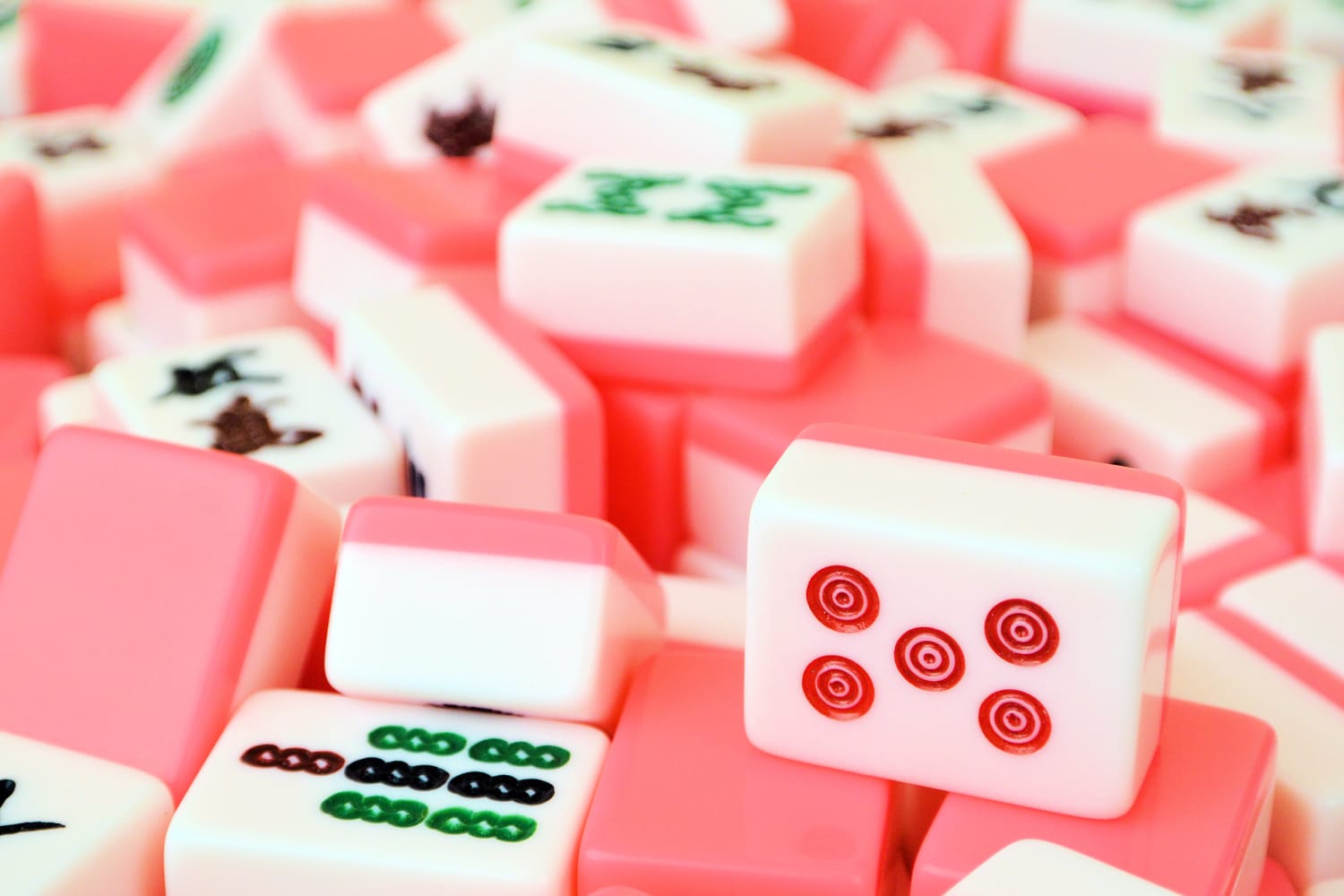A company in Texas was criticized Monday after replacing traditional Chinese mahjong tiles with redesigned game pieces covered in images of items such as bubbles and bags of flour.
The Mahjong Line, based in Dallas, was the brainchild of Kate LaGere, one of the three founders who are all white women, after she “discovered” that the traditional tiles had the same designs and “did not reflect the fun” she had while playing the game, according to the company’s website.
The company launched its neon-colored mahjong tile sets with a price tag between $325 and $425 on Nov. 5, according to the company’s website. Among its rebranding were words like “BAM!” and images of a bar soap and palm trees — drawing ire from many social media users who accused the company of erasing the historical relationship between Chinese Americans and the centuries-old game.
“What makes this CULTURALLY insensitive is that they felt the need to ‘refresh’ aka whitewash the game in order to make it *worthy* of playing,” one Twitter user wrote.
Another Twitter wrote: “There’s a Dallas-based ‘What if mahjong, but for white people?’ company… The color palettes are jarring and ugly. Also calling a line ‘minimal’ but stamping it with both symbols and numbers defeats the point,” referring to the tiles imprinted with both the Chinese and the Arabic numericals.
The Mahjong Line did not immediately respond to multiple requests for comment Tuesday.
American mahjong — often compared to the card game gin rummy — is a 144 tile-based game that typically consists of four players, according to the National Mah Jongg League.
Annelise Heinz, a mahjong historian and assistant professor of history at the University of Oregon, told NBC News that while gameplay and tiles vary worldwide, mahjong sets usually are embossed with references to the traditional Chinese suits, including bamboo, circles or dots, and Chinese characters.
American mahjong was popularized across the country in the 1920s, but, Heinz said, the game draws on a complex history enmeshed with anti-Asian racism and colonialism.
“There was this paradoxical fascination,” Heinz said. “White Americans embraced the game because marketers attached the game to ancient Chinese courts that were seen as highly esteemed, but also distanced themselves from Chinese American people who were denigrated and caricatured, and subject to nativism and anti-Asian sentiment.”
A throughline can be drawn from the “exclusivity” of its complicated past to the company’s controversial repackaging, according to Heinz.
“There is a lack of genuine and actual engagement with Chinese people who are connected to this culture and history,” she said. “What we’re seeing here is a real ignorance of this history that remains ignored in American education.”
Heinz added that this omission in American history contributes to another blind spot: gameplay and mahjong tiles have evolved over decades across the country and the world.
In the early 20th century, Chinese American carvers drew a wide range of intricate designs on mahjong tiles, ranging from political messages against Japanese imperialism in China to elaborate scenes of classical Chinese operas, according to Heinz.
The designs, in part, were an extension of “some sense of individuality” for Chinese Americans at a time of intense anti-Asian violence, she said.
Mahjong has also gone through many iterations and molded into a wide variety of gameplay across different regions in Asia, according to Heinz.
She acknowledged the long history of white entrepreneurs in America profiting from “things that they see as culturally valuable,” but warned against drawing strict boundaries around mahjong — and its tiles — that has constantly changed over time.
“I don’t think there’s any question that there is ignorance and erasure of Chinese American history here,” she said. “The history of mahjong is global — it is a dynamic story of play and exchange as much of a story of appropriation and erasure.”
Source: | This article originally belongs to Nbcnews.com










